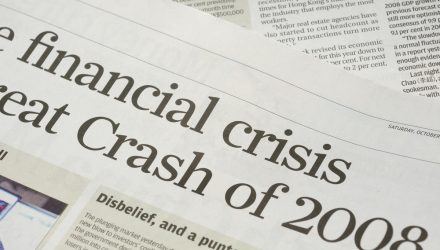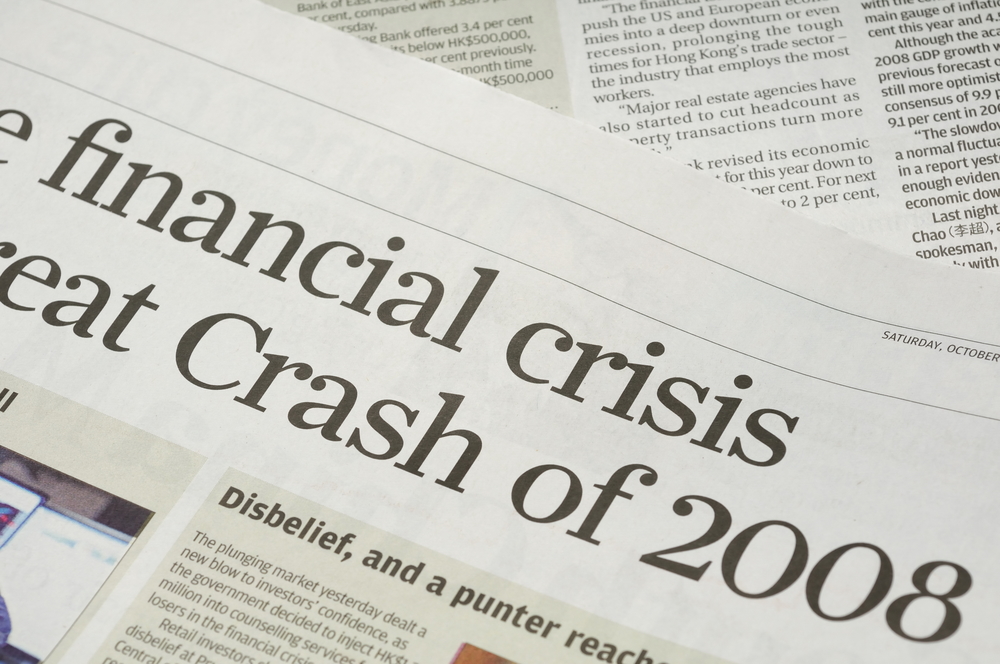
Global bond exchange traded funds are suffering one of their worst pullbacks since their peak last year as central banks around the world look to tighten monetary policies to keep inflation in check.
Year-to-date, the iShares Core US Aggregate Bond Fund (AGG) declined 6.2% and the Vanguard Total Bond Market ETF (BND) fell 6.3%. Over the past year, AGG fell 4.5% and BND dropped 4.5%.
Meanwhile, the Bloomberg Global Aggregate Index, a benchmark for government and corporate debt total returns, has retreated 11% from a high in January 2021, the biggest pullback from a peak for data going back to 1990 and surpassing the 10.8% decrease for the financial crisis in 2008, Bloomberg reports.
The decline in the global bond index also translated to a drop in market value of about $2.6 trillion, compared to the $2 trillion drop back in 2008.
The weakness in the fixed income markets may be traced to the rise in inflation. Rising inflationary pressure around the world has fueled concerns. For investors, holding debt in a rising inflation environment means that real yields or yields after adjusting for inflation are diminishing. Meanwhile, given the low rate environment, the bond market has been exposed to greater rate or duration risk, since interest rates are more likely to go up than down from these near-zero levels.
“The safe haven attributes of Treasuries have been undermined when one adds duration risk to the equation,” Winson Phoon, head of fixed income research at Maybank Securities Pte. Ltd, told Bloomberg.
The Federal Reserve already hiked interest rates by 25 basis points last week, and Chairman Jerome Powell stated that the central bank is prepared to increase rates by a half percentage point at its next meeting to help clamp down on inflation if needed. The more hawkish tone has pushed markets to price in the equivalent of seven more quarter-point hikes by the end of 2022.
“The headwinds for fixed income remain heavy,” Todd Schubert, head of fixed income research at Bank of Singapore, told Bloomberg. “Investors will need to recalibrate return expectations and be nimble to exploit market dislocations.”
For more news, information, and strategy, visit ETF Trends.

